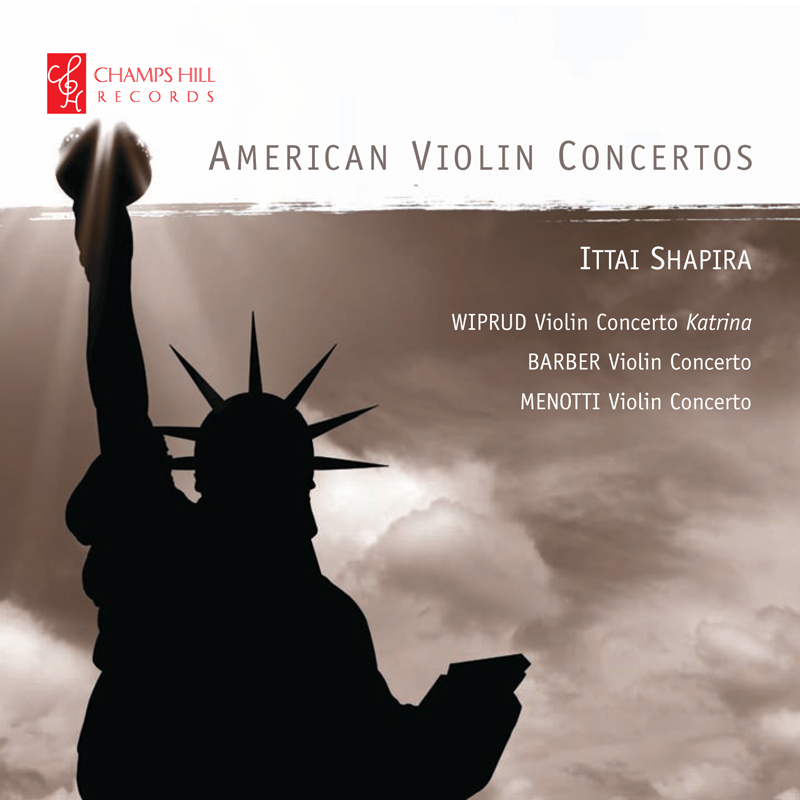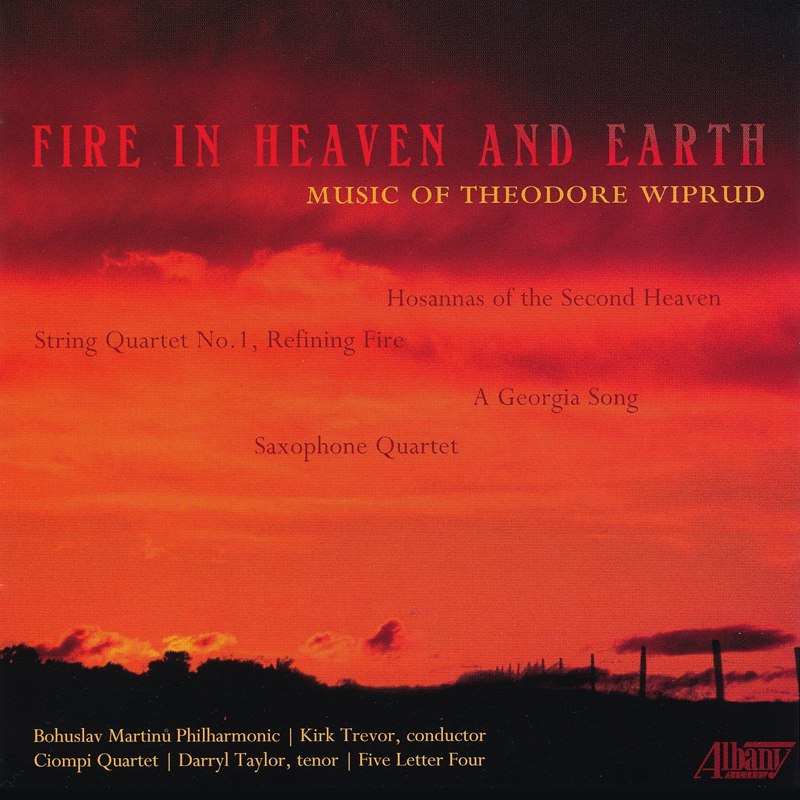Am I the only composer who obsesses over titles? The more personal a new composition is, the harder it can be to title. Why the stress? The music speaks for itself, right? As the saying goes, music takes over where words stop. What words can possibly suggest the journey of the music? The truth is, the title is likely to be the first thing your listeners or viewers experience. Instantly and inevitably, a title triggers impressions and expectations, which color the experience of the work itself. Forever after, the music will be thought to convey that image perceived in the title.
To be clear, title and music are completely separate things. Music conveys meaning through the relation of tones and rhythms, in mysterious ways that are peculiar to each individual listener. Titles are necessarily words (wait – could a title be non-verbal?) which may have divers denotations and connotations, but are still far more specific than music. The story goes that Beethoven, after he played one of his piano sonatas, was asked what it meant. Whereupon he played it again. It’s there in the music and only in the music.
Words threaten to pin the meaning of music in a single place, flatten out its complexity. Is a work tragic or comic? Depressing or uplifting? Intimate or cosmic? Musical works of any size contain multitudes that the few words of a title can rarely suggest. (Come to think of it, why have I never heard of a musical work called “untitled”? – that great fallback of visual artists.)
Music composed to a text often has a natural title, from the source material. The challenge is much greater with instrumental music, for which, to my mind there are two primary kinds of title: formal and objective (“this is a Sonata that’s in A minor”), versus descriptive and subjective (“this piece was inspired by, or intends to evoke, a climb up a mountain”). There are formal titles with suggestive subtitles, and there are formal titles that go part way to description (elegy, nocturne, barcarolle, even etude). While these have a certain dignity, for the composer of today, a formal title can make distracting connections to traditions that may not be felt in the new work.
For me, it’s those suggestive titles that confound. A few years ago I composed a multi-movement orchestral work “exploring varieties of religious experience,” as I say in the program note (which already belies much of the piece’s humor and bizarreness). I could not abide a grandiose spiritual title, so I settled on “Sinfonietta” – a formal title that honors Janacek’s wonderful work of the same title, with which mine has some commonality. (Never mind that this title leads some to believe it’s a work for small orchestra, which it is not!) And then I put descriptive titles on the movements themselves. Each of these was a struggle, but eventually I devised movement titles that were suggestive rather than specific. It helped that the movements were short and mostly focused on one image or mood.
Some composers find a single mysterious word for a title, sending us to the dictionary or back to our mythology. These can be oddly effective, but the match has to be just right. Successful examples include Salonen’s Nyx, Varese’s Ionisation. my own Mudang. Eric Satie loved to append nonsensical titles that undermined the idea of any meaning in the music. Today, some write very poetic titles, stretching to ten words or more, for instance naming a quality of light or space or movement in emotional terms. Apart from creating editing challenges for press releases and program books, these can be either helpful or distracting to listeners.
One of my fears is that a title will suggest a particular narrative. A given tune or orchestral effect does not represent any specific thing, even if an image or experience helped create it in the composer’s imagination. And the juxtaposition of musical ideas need not narrate a conflict or resolution other than in the musical materials themselves. Rimsky-Korsakov in Scheherazade intended to provide the vivid sounds of a story that a listener would create in their own mind, and that is closer to what I have in mind as a composer of dramatic instrumental music.
As I write this, I continue to struggle with the title of a new orchestra work that grew out of time I’ve spent in South Dakota, as Music Alive Composer-in-Residence with the South Dakota Symphony. Images and experiences that have come to mind while composing encompass landscapes and people of most of the state, and the wind itself, an important character in any Plains story. This has also been my first deep encounter with Native American culture. I don’t want to pretend to more familiarity than I have, or presume to speak for anyone in South Dakota, but their stories and their music move me. Whatever the influences, the music more fundamentally reflects my whole development as an artist until now, and ideas gestating from other works I’ve composed recently. So how to suggest an image or constellation of images that put listeners in a proper frame of mind? Is it even possible? (By the time you read this, the title will hopefully be found in my catalogue of works!)
Over the years I have gotten better at counterpoint, harmony, orchestration, and that most salient quality, form. Perhaps if I devise a course on the history and art of musical titles, I’ll finally master that art!





